
Australian Wood Duck
Chenonetta jubata



Chenonetta jubata


The Australian Wood Duck, also known as the Maned Duck, is a rare visitor to New Zealand. About the size of a small goose, this charming bird has a distinctive dumpy appearance with a long neck and short bill. Its unique blend of duck and goose-like features makes it an exciting find for birdwatchers.
1. Goose-like appearance with a long neck and short, deep-based grey bill.
2. Males have dark brown heads and black manes; females sport distinctive white eye stripes.
3. In flight, both sexes show a prominent white panel on their wings.
Australian Wood Ducks are unique among waterfowl for their terrestrial grazing habits. They nest in tree cavities or nest boxes near water, lining them with down. In New Zealand, they're rare vagrants, but a pair successfully bred here in 2015-2016, showing potential for establishing a population.
In New Zealand, look for Australian Wood Ducks in wetland areas, including sewage ponds, rivers, estuaries, and small lakes. They're often seen grazing on grassy areas near water bodies. Dawn and dusk are ideal times for spotting these birds. Unlike many ducks, they spend a lot of time on land, so scan open areas near water. Tip: Listen for their unique rising, croaky call which can help locate them.
The Australian Wood Duck is a recent and rare visitor to New Zealand, with no established Māori name. Its successful breeding in 2015-2016 marked an exciting moment for local birdwatchers. Interestingly, it's related to an extinct New Zealand species, Finsch's Duck, connecting it to our prehistoric avian history.
48 cm
800 g
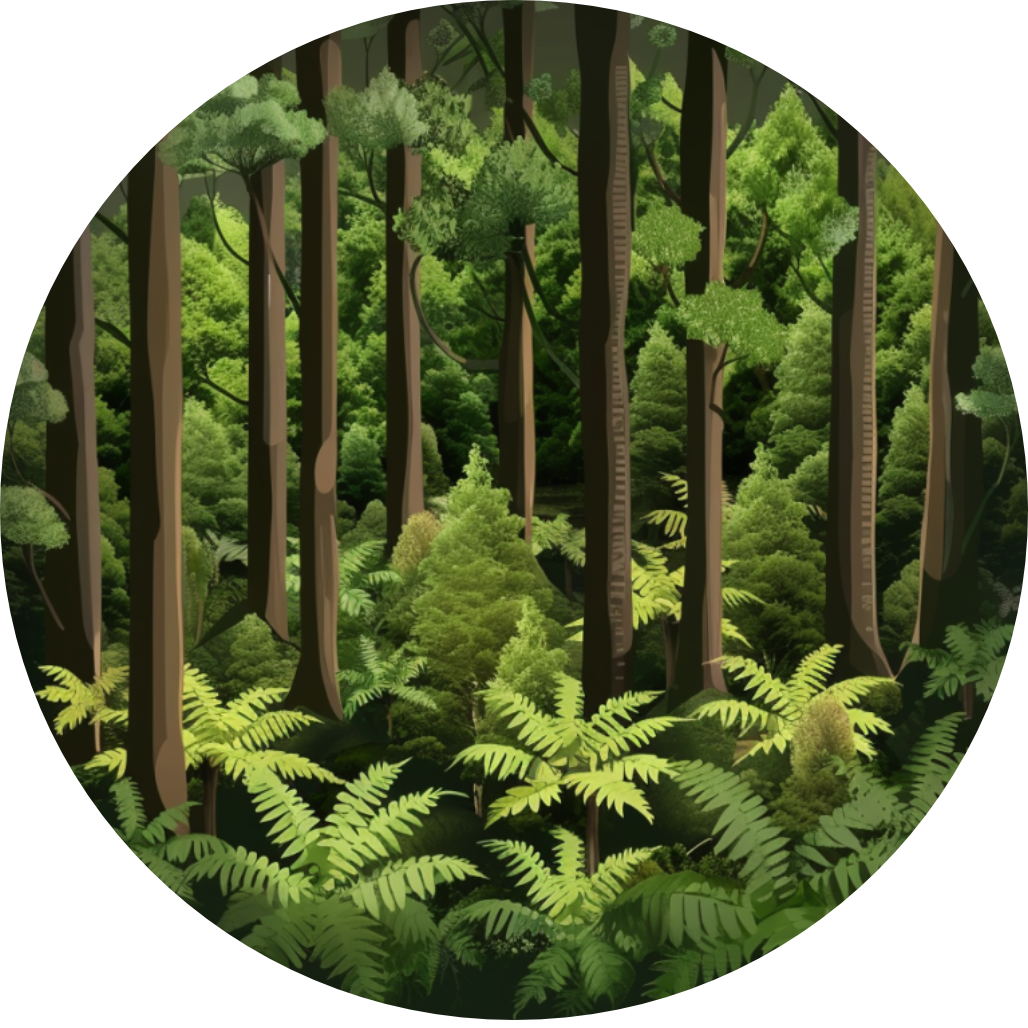
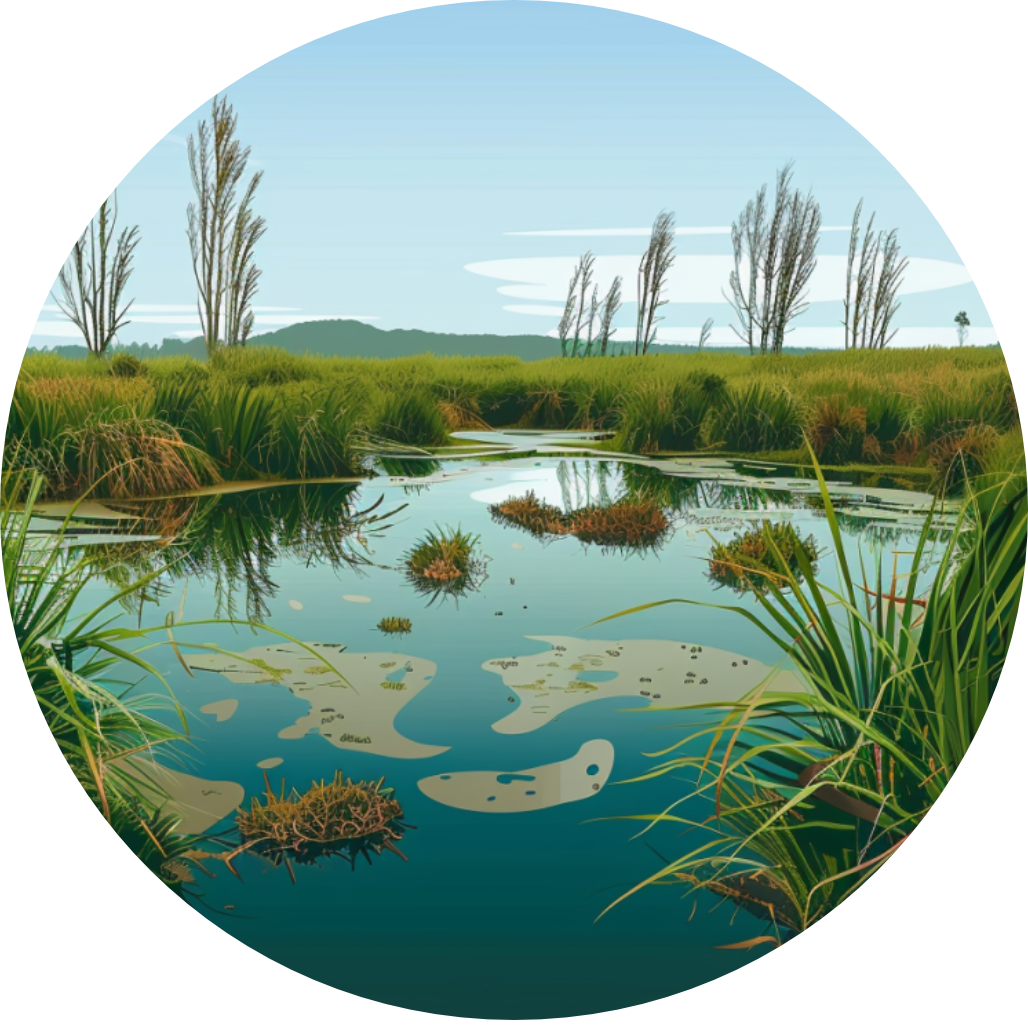

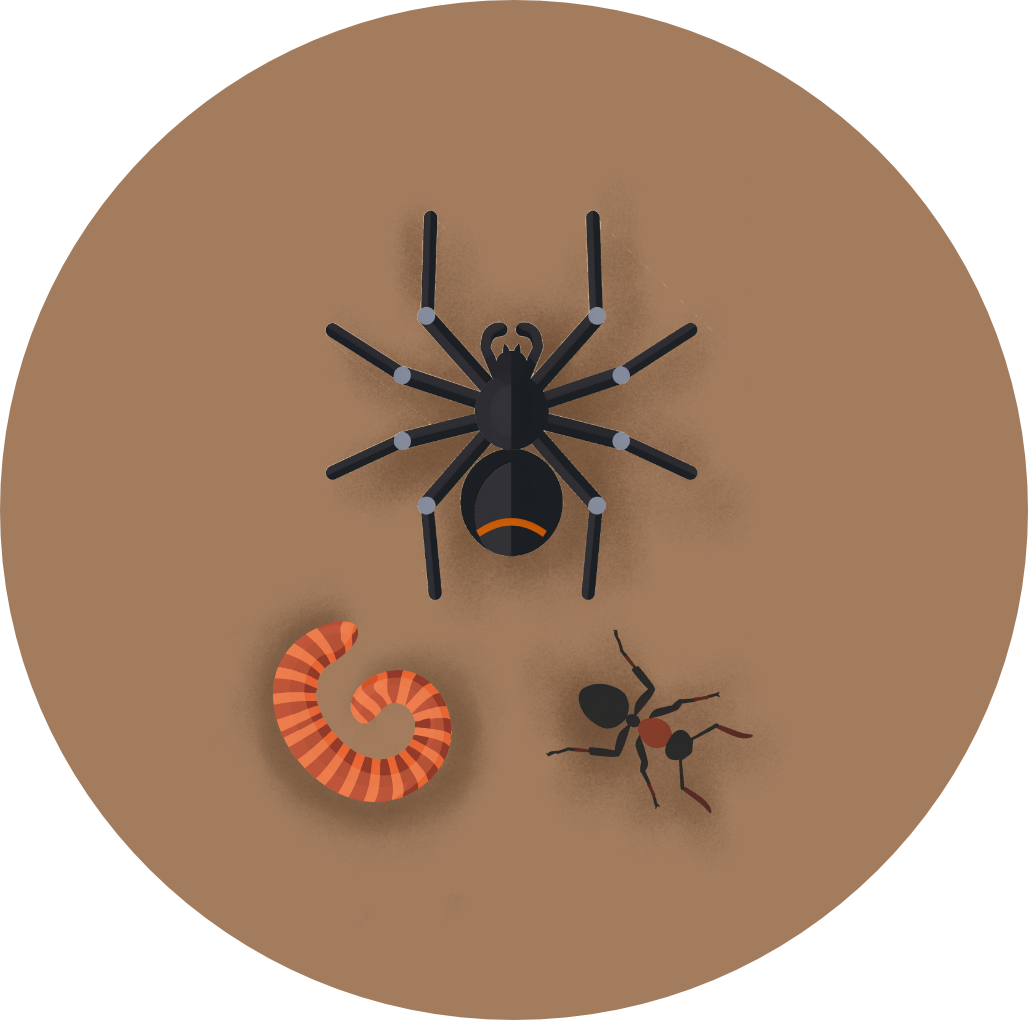
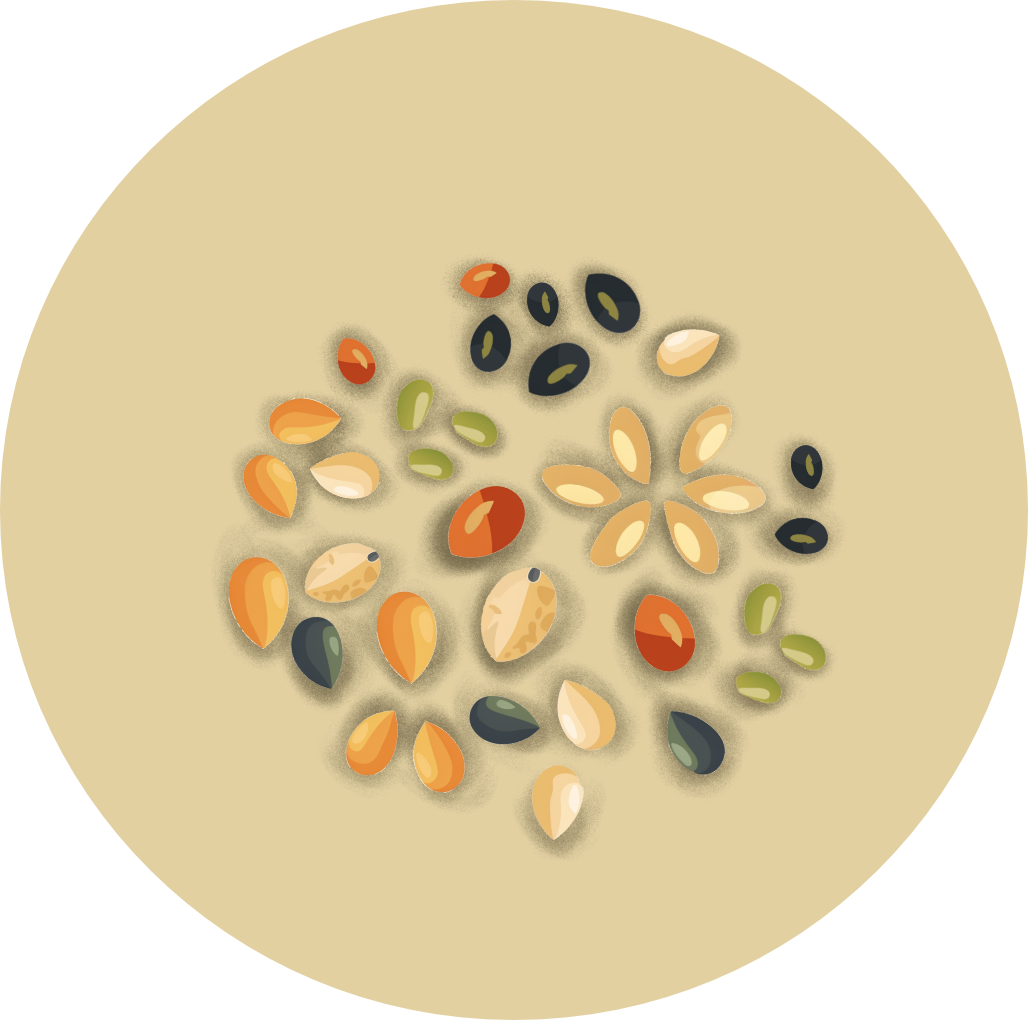
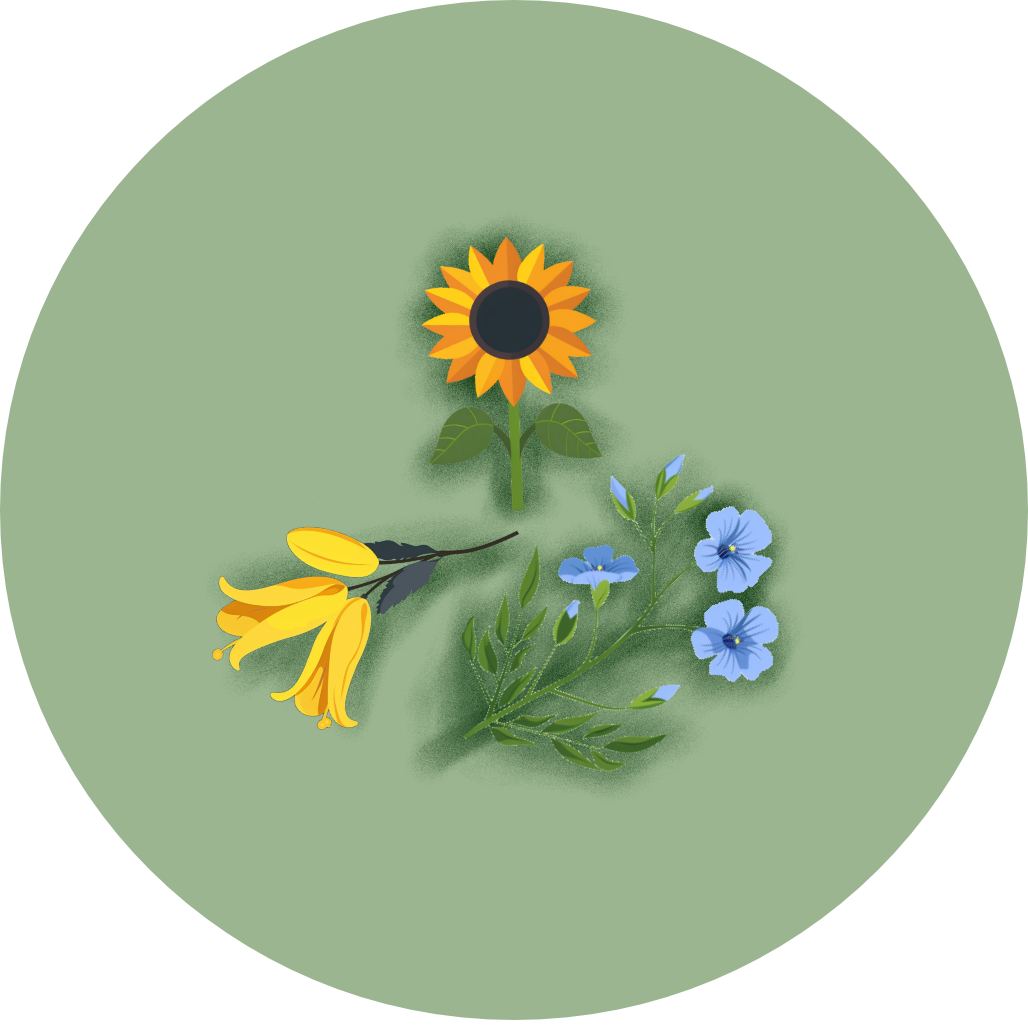
Coming Soon!
Top birding locations will be available in a future update.